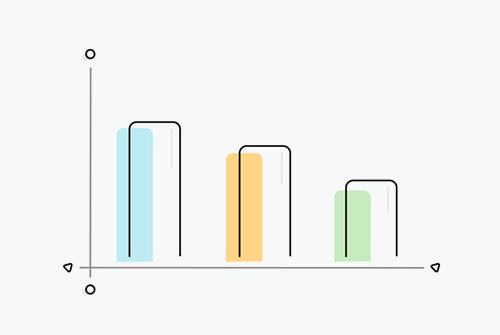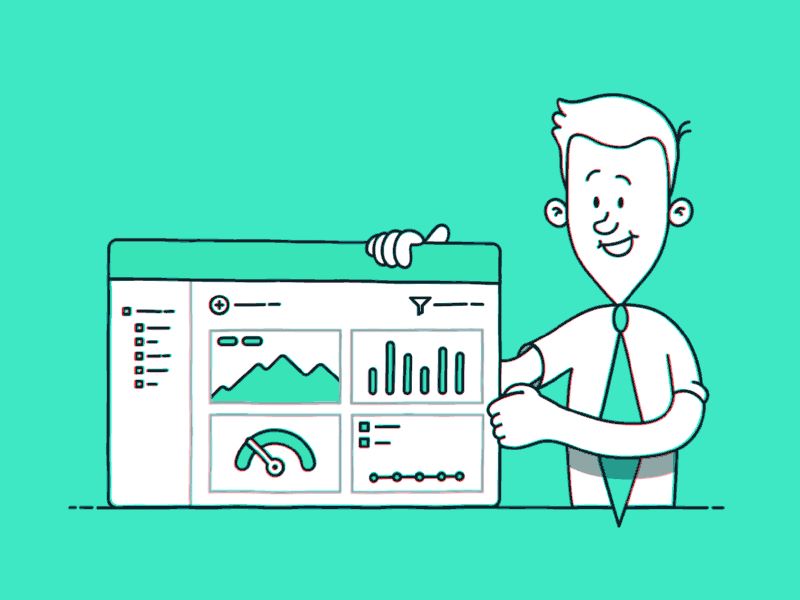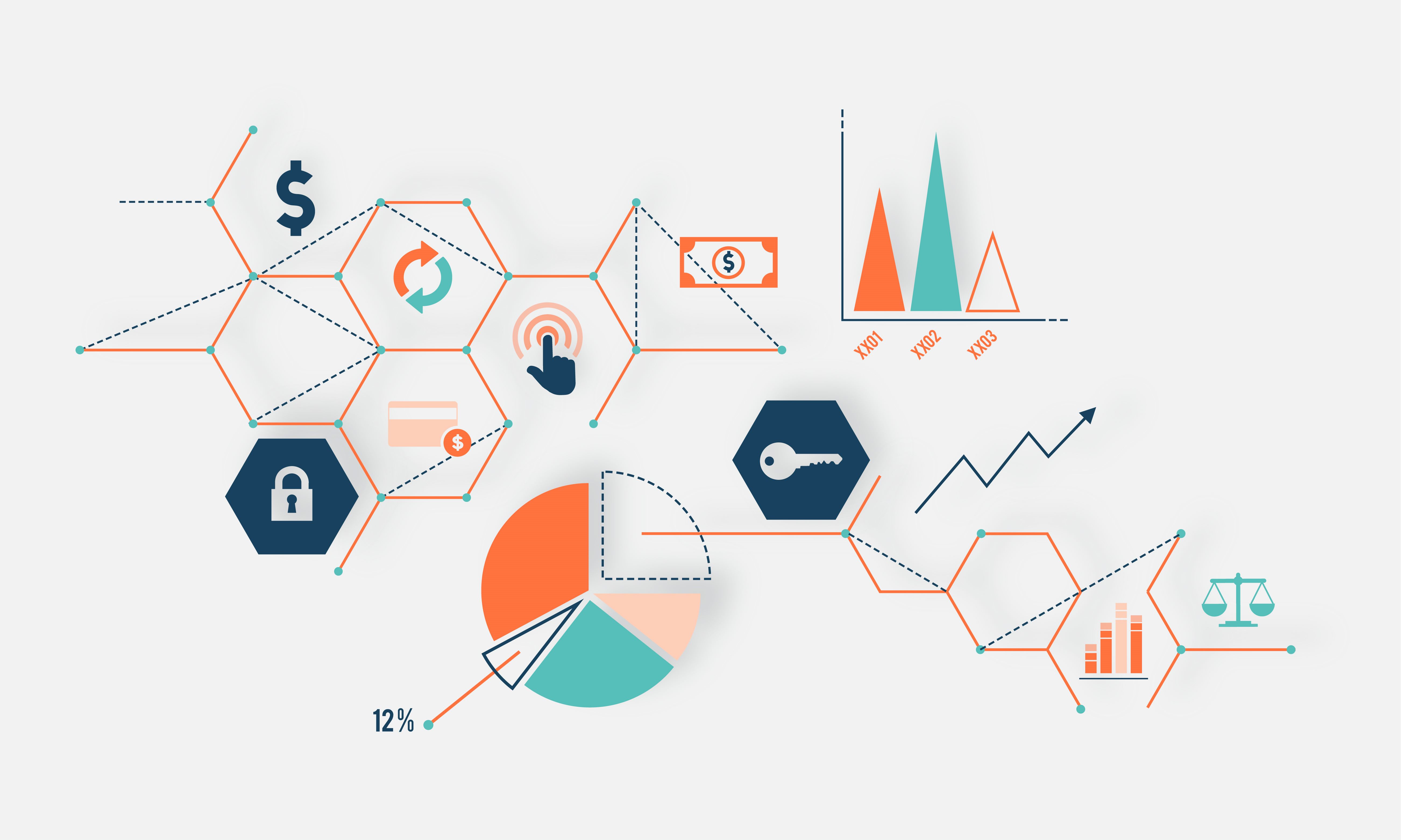
Statistics! Isn’t this field familiar to you? Well, we all have briefly studied statistics in our schools as well, haven’t we? In layman’s language, statistics means to collect and summarize data. But it is more challenging than it sounds. With the constant advancements in data and technology, the competition keeps increasing in every career field. Indeed, one question must come up in people’s minds when they think about statistics. Is Statistics a good career option? Undeniably, it is! Statistics opens up a variety of fields for you to choose from. Now, let’s get to the point, what will this blog cover? Evidently, in this blog, we will discuss various statistics interview questions.
First, let us recall what statistics is.
What are Statistics?

Statistics studies how information is collected, sorted, interpreted, shown, and stored. In other words, it is a mathematical branch that includes gathering and summarizing data. Also, statistics is a way to use mathematics. Nonetheless, statistics are based on two fundamental ideas: uncertainty and variation. Only statistical analysis can show the uncertainty and difference between disciplines. Probability, an essential part of statistics, is a big reason these doubts exist.
Being an exciting field, statistics significantly impacts the large data handling and computing world.
For your help, let us discuss the most common statistics interview questions and answers. With this post, we aim to help in this highly competitive field.
First, let us begin with the basics. We will start with statistics interview questions and answers for freshers.
Statistics Interview Questions for Freshers

What are the various kinds of Statistics?
There are two main kinds of statistics:
- Descriptive statistics
- Inferential statistics
Descriptive statistics are a type of statistics that summarizes data through the observations provided. Using numbers like the standard deviation or the mean, a sample of the whole population is used to summarize. Descriptive statistics is a way to organize, show, and describe a set of data by using tables, graphs, and summary measures. For example, a group of people in a city who use the same service, like the Internet or a specific set of TV channels.
The descriptive statistics can be put into the following four groups:
- Measure of frequency
- Measure of position
- Dispersion Measure
- The central tendency measure
Inferential statistics are used to figure out how important descriptive statistics are. These statistics are used to conclude data subject to random changes, such as errors in observations, differences in how samples are chosen, etc. After collecting, analyzing, and summarizing the data, we use these statistics to explain the data’s meaning.
This method uses data from a sample to make conclusions, predictions, or inferences about the whole population. It also lets us make claims that go beyond the data or information we have.
Can you differentiate between Data and Statistics?
People often use the words “data” and “statistics” interchangeably, but there is a huge difference between the two. The term “data” refers to the separate pieces of factual information that are recorded and then analyzed. So, data is the basis for statistics. On the other hand, statistics are the results, explanations, and presentations of data analysis.
To put it another way, statistics uses math to figure out what data means. Statistic information is often shown in tables, charts, and graphs. When we do research, we often need both statistics and raw data. Statistical reports are often put out and used by government agencies. Statistics about the number of jobs, years of schooling, and so on. This group of numbers is known as “statistical data.”
Which topics should you be aware of before studying Data Analysis?
One must be acquainted with four topics before moving further with data analysis. They are-
- Inferential Statistics
- Distributions (normal distribution/sampling distribution)
- Descriptive Statistics
- Hypothesis Testing
Can you briefly tell me about different types of data statistics?
Data is divided into two categories.
- Qualitative Data
- Quantitative Data
Further, it has four subdivisions. Two of them fall under qualitative, and two under quantitative data.
Nominal and Ordinal Data are subdivisions of Qualitative data. On the other hand, interval and ratio data are subparts of quantitative data.
What are Experimental and Observational Data in Statistics?
Observational data is information that is gathered through methods of observation. We collect and look at observational data to determine the relationship between two variables. On the other hand, experimental data are the results of controlled experiments. Here, we look at how things work if we assume that some variables are constant.
Define Normality in Statistics.
Normality in statistics refers to behavior that is common to humans. In this setting, following social norms and the majority’s choices is seen as a good thing. Depending on the situation, it can also be called the right or the expected thing to do.
In psychological surveys, it can also mean “the norm.” It portrays how you handle new situations, how well you deal with your feelings, how well you perform at work, and how well you get along with others.
Nevertheless, we hope these questions gave you an idea about how to prepare and be a fresher.
Read More: Statistics to get Started: Data Scientists Edition
Moving forward, let us now look at intermediate-level statistics interview questions.
Statistics Interview Questions for Intermediate Level
- Differentiate between Descriptive and Inferential Statistics.
- Describe the different types of sampling in Statistics.
- Define Covariance.
- Briefly describe the relationship between significance level and confidence level in statistics.
- Can you provide examples of symmetric distribution?
- Differentiate between the types of quartiles.
- Please explain the alternative hypothesis.
- Can you describe the relationship between the margin of error and standard error?
- How to define the relationship between median and mode in a normal distribution?
- Where is inferential statistics applied?
Further, it is time to look at a few advanced statistics interview questions.
Statistics Interview Questions for Advanced Level
- In what situations do outliers stay in the data?
- How does the length of the interval affect how wide the confidence interval is?
- Explain the meaning of Degrees of Freedom concerning statistics.
- Tell about the steps involved in calculating P-Value by using MS Excel.
- What is the statistical law of large numbers?
- Describe the properties of normal distribution.
- Define sensitivity with respect to statistics.
- How will you define the kinds of biases which one can face while sampling?
- How do outliers impact the statistics?
- What is the method of detecting overfitting while creating a statistical model?
Lastly, let us discuss a few statistics interview questions for Data Scientists.
Statistics Interview Questions for Data Scientists

- Can you differentiate between Sample and Population?
- Describe the measures of central tendency.
- How well do you know about measures of dispersion?
- Differentiate between correlation and covariance.
- How will you differentiate between Likelihood and Probability?
- Tell me about ‘Skewness.’
- Explain the various measures of skewness.
- How well do you know about regression analysis?
- Briefly explain what cross-function is.
- Define the Chi-Square test.
With this, we come to an end of the various types of statistics interview questions. The statistics interview questions for machine learning are similar to the above examples. It is a way of categorization so that learners can prepare efficiently.
Conclusion

To conclude, it doesn’t matter if you have a great degree in statistics or a lot of experience in the field. You still have a lot of preparation to do before a data science interview. No matter how many statistics lessons you’ve taken, you could be asked questions you didn’t expect.
These Statistics Interview Questions and Answers aim to cover everything from the basics to more advanced topics in the field. We aim to give beginners and experts a complete picture of the subject.
For more statistics or data science-related topics, you must visit educationnest.com immediately!

